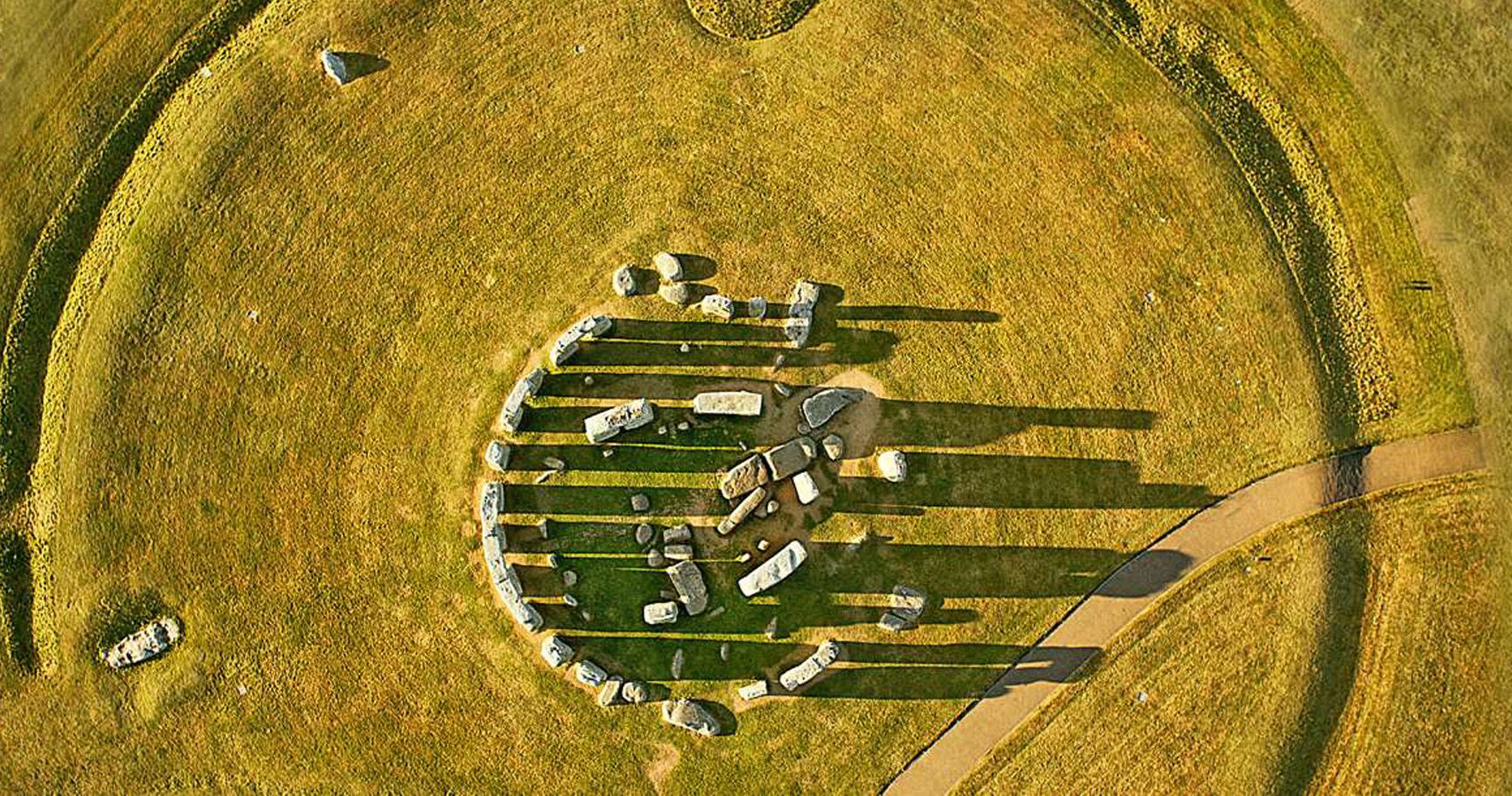The latest tests on ancient remains found at Stonehenge show that the people buried there were from Wales, over 100 miles away.
Stonehenge has long been a site to fascinate people, with everyone from modern pagans to archaeologists flocking to the standing stones in Wiltshire, England. A major tourist attraction, it’s still not entirely clear how this circle was erected, or exactly what the purpose of these enormous standing stones was, with theories ranging from a temple to a celestial observatory to a burial site.
One thing is clear: whether the stone circle was designed specifically as a kind of cemetery or not, there are definitely human remains buried nearby. The cremated remains were first discovered in the 1920s, found in pits that circle Stonehenge, and carbon dating revealed that they dated as far back as 3030 BC, but ranged in age by centuries. However, beyond the age of the bones, the cremation process meant that little else could be learned about the remains - until now.
Related: 20 Thoughts Every American Has When They Visit England For The First Time
A scientific team led by Christophe Snoeck of Oxford University, has discovered where the bones came from - and it turns out that they traveled to Stonehenge all the way from West Wales. The team were able to place the origins of the remains using isotope tests. This test is nothing new for this kind of research, but in this case, Snoeck and his team realized that while cremation usually destroys the isotopes used, it can also get so hot that the bones themselves are crystallized, sealing in isotopes.
This latest discovery shows that not only did the earliest human remains at the site come from over 100 miles away, but they also came from an area very close to the Preseli Hills - which is where the original stones themselves come from. This may suggest (although it is impossible to say for sure) that the earliest remains are those of the very people who built Stonehenge in the first place. Lead author of the study, John Pouncett, explains:
The earliest dates are tantalisingly close to the date we believe the bluestones arrived, and though we cannot prove they are the bones of the people who brought them, there must at least be a relationship. The range of dates raises the possibility that for centuries people could have been brought to Stonehenge for burial with the stones.
This new discovery sheds some more light on the mysteries of Stonehenge, although the ancient site certainly continues to hold on to its secrets. The purpose of the site, and the reasons for bringing these monoliths over 100 miles to Wiltshire, are yet to be discovered. However, now travelers have even more reason to make a trip to Stonehenge a trip to Wales as well - to see the where the monument was quarried, and possibly even stood for a time, before being moved to the site that everyone knows today.
Source: New Scientist, The Guardian

